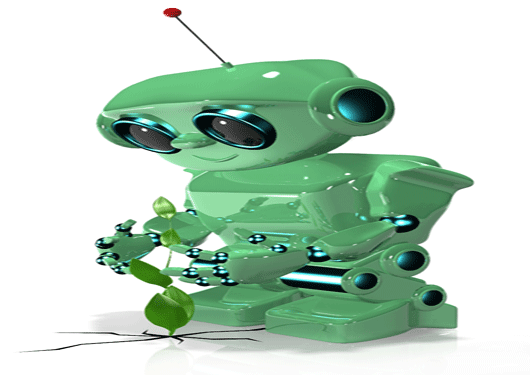
Visit Our Sponsors |
|
|
|
|
|
|
|
|
|
|
|
|
|
|
|
|
|
|
|
|
|
|
|
|
|
|
|
|
|
|
|
|
|
|
|
|
|
|

While unmanned aerial vehicles continue to make headlines as they grow in popularity and increasingly show up in public airspace, the drive to establish commercial uses for the technology is proceeding at a rapid pace. Transmission and distribution (T&D) operators and utilities are beginning to examine how UAVs can reduce costs, improve safety, and increase response times across their systems.
“Working on high- and medium-voltage T&D systems is difficult, expensive and highly dangerous; in fact, a lineworker is considered one of the 10 most dangerous occupations in the United States,” says James McCray, senior research analyst with Navigant Research. “While the drones and robotics for transmission and distribution market is still at an early stage, there’s a strong motivation in allowing utilities and transmissions operators to preform inspections and maintenance without endangering crew members.”
The stability and reliability of T&D systems is an integral part of economic development and growth. As these systems become more interconnected across service territories, operational issues can easily cascade across borders, causing larger problems. Maintaining T&D systems is typically a utility’s number one priority, and DRTD technologies can assist in assessing areas to determine where crews should be deployed.
The report, Drones and Robotics for Utility Transmission and Distribution, analyzes the global market for DRTD solutions, with a focus on five categories: multi-rotor UAVs, fixed wing UAVs, ground and line robotics, integration and analytics solutions, and inspection services.
Source: Navigant Research
RELATED CONTENT
RELATED VIDEOS
Timely, incisive articles delivered directly to your inbox.

